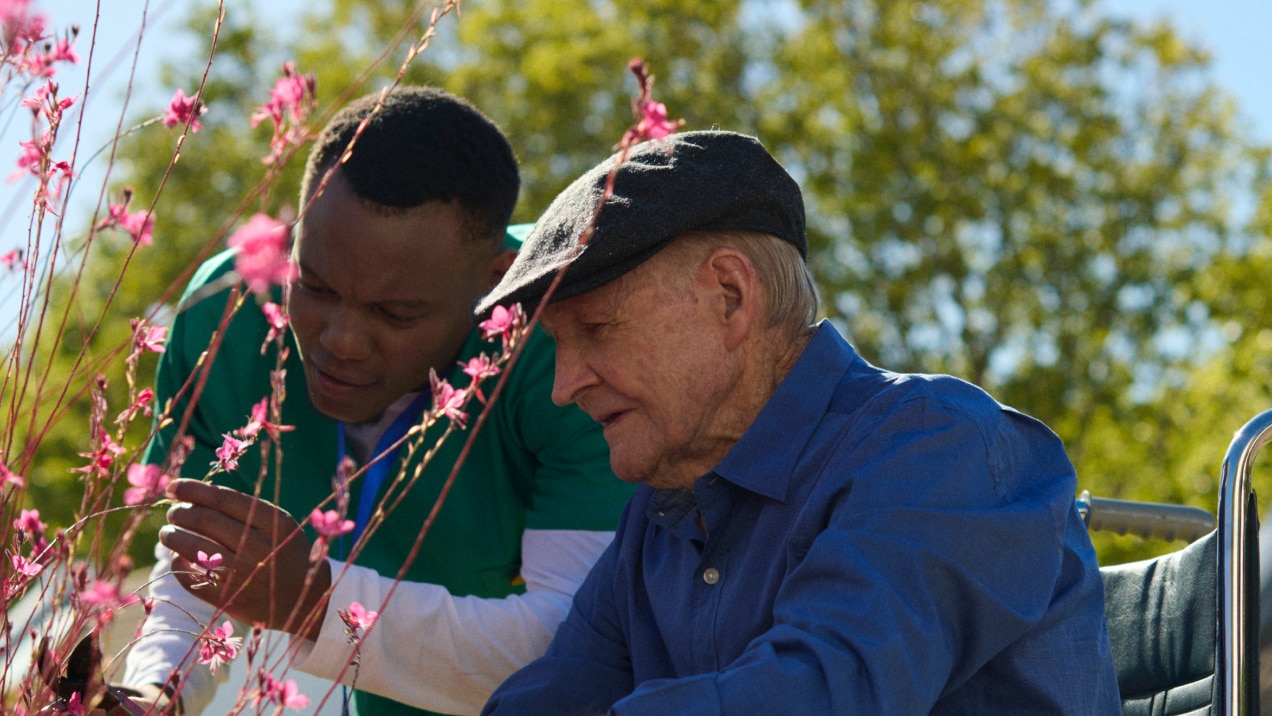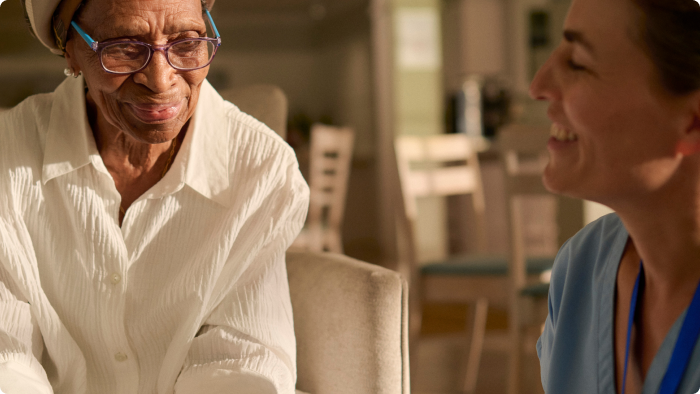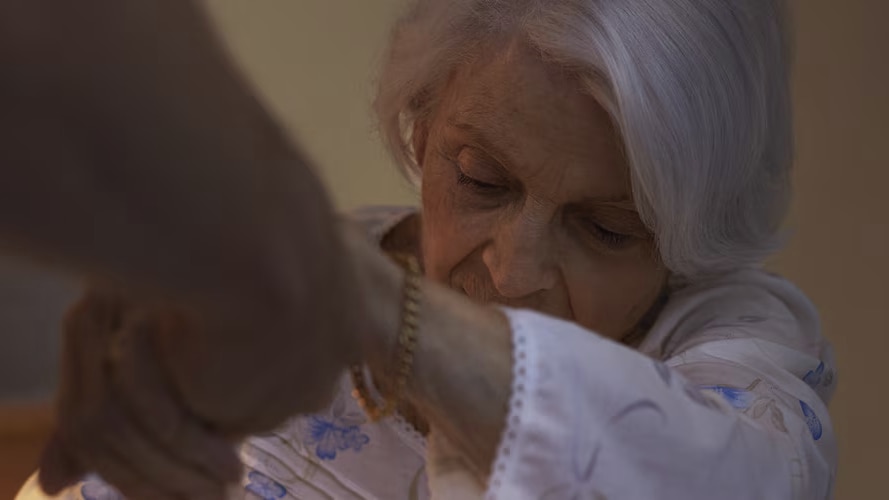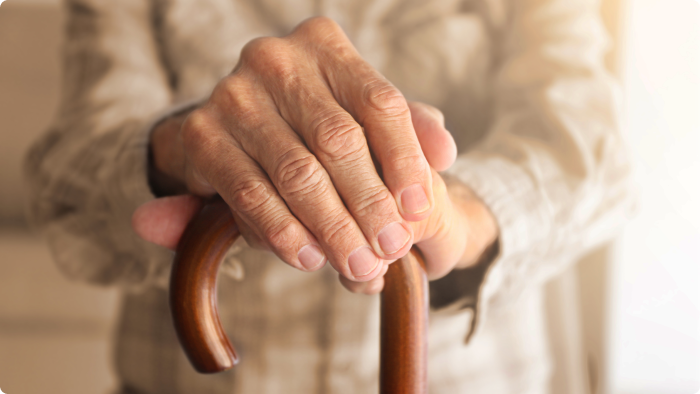Care guidance
Learn more about incontinence

What is urinary incontinence?
Incontinence can refer to both urinary incontinence and bowel incontinence. Urinary incontinence is the involuntary leakage of urine, while bowel incontinence is the involuntary loss of solid or liquid stool. This page focuses on the different types of urinary incontinence and what causes them. Because to provide the right care, you must understand the type of urinary incontinence you are dealing with.

The key to managing and preventing bowel incontinence
What is bowel incontinence, and what are its symptoms?

Understanding continence care
Incontinence is more common than people think with more than 400 million people affected worldwide. Roughly 1 in 3 woman over the age of 35 and around 1 in 4 men over 40 experience some kind of urinary leakage. And while fewer people experience bowel incontinence, the effect on their lives is equally devastating.
Best practice care routines

Caregiving and night incontinence
If you are providing night care to residents who are incontinent, or need support to remain continent, it's important have effective tools and tricks at your disposal that are based on an understanding of the functions of sleep, and the effects of sleep deprivation. In this article you'll find useful information on a range of these topics, all of which are aimed at one simple goal: a better night's sleep for your resident.

Toileting support for residents with incontinence
There are several conditions and disabilities that can make it challenging to remain continent or to reach the toilet in time. Toileting helps prevent falls, maintains dignity and independence, and improves quality of life for residents. It also leads to fewer product changes, fewer products used and less waste. These dos and don’ts can help make toileting easier for caregivers and prevent incontinence in residents.

Skin health – an essential part of continence care
As we get older, our skin naturally becomes more fragile. As a result, it becomes more prone to infection and irritation and is sensitive to excessive moisture and prolonged contact with urine or faeces. To help protect fragile skin against injury and prevent infection, skin health should always be an essential part of an effective continence care routine.

